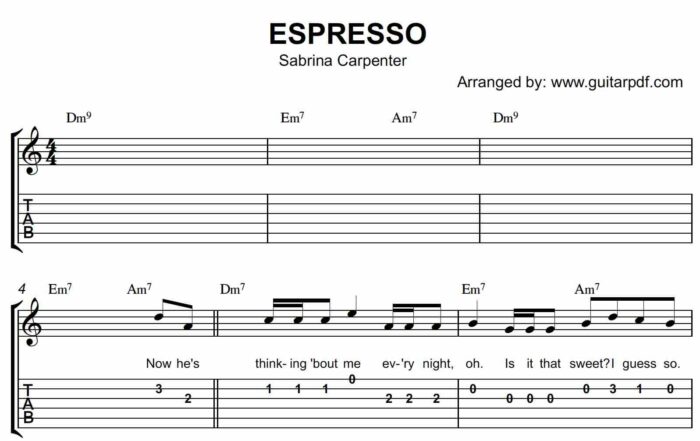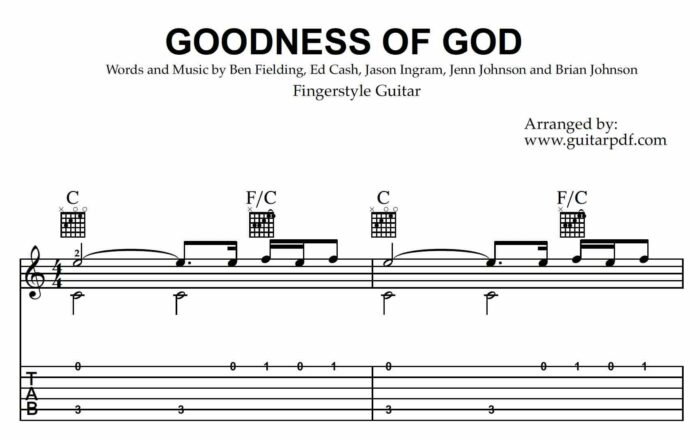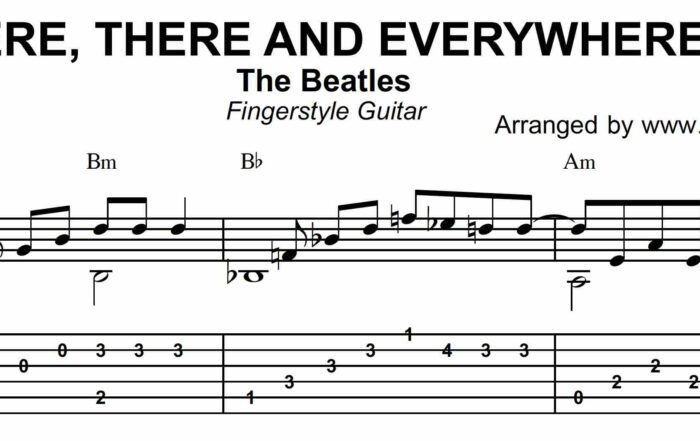Guitar Licks PDF
Most of the time you will hear a beautiful guitar solo from a song and you may wonder how did they do that? Well, in order to make a wonderful solo or improvisation, you need to combine your guitar skills that you have already learned. You have to apply your understanding of chords, scales, phrasing and other guitar skills like hammer-ons, pull-offs, slides and bending. Once you have combined all of this, you will produce a musical phrase with series of notes, and this is what we called a guitar lick.
Most of the time you will hear a beautiful guitar solo from a song and you may wonder how did they do that? Well, in order to make a wonderful solo or improvisation, you need to combine your guitar skills that you have already learned. You have to apply your understanding of chords, scales, phrasing and other guitar skills like hammer-ons, pull-offs, slides and bending. Once you have combined all of this, you will produce a musical phrase with series of notes, and this is what we called a guitar lick.
A guitar lick is an essential tool to take your guitar playing to a higher level. Once you learn to create your own licks or improvise on a familiar licks from your guitar heroes, you can incorporate them while you are playing with your bandmates or composing your own guitar solos.
To create your own guitar licks, we suggest learning how to use guitar scale patterns. This will help you craft licks that fit the song’s key signature. Scale patterns also assist in locating the proper notes for your guitar solos and improvisation.
A great starting point for building your licks is to play some Eric Clapton songs, especially “Wonderful Tonight”, which features iconic guitar licks that are both memorable and easy to play. Here is the tab for the iconic intro:

You can also find many easy guitar licks in songs by The Beatles. Here is the famous intro to the song “In My Life”:

Learning a handful of guitar licks can take your playing to the next level. Collecting licks in different styles will expand your guitar vocabulary. For example, when you learn a single lick, you can transform it into new variations through improvisation. Transposing that lick to other keys will unlock even greater possibilities in your guitar playing.
We created this post to provide you with guitar licks that you can use as a reference for your solos and improvisations. We will gather licks from various music genres and compile them into a PDF file, allowing you to view and print them easily. Use each lick to enhance your playing and compositions. Be sure to check back regularly, as we will continue updating this article with new sets of guitar licks.
Here are our collection of guitar licks that you can download in PDF format:
1. Guitar Licks in Minor Pentatonic Pattern 1 PDF
2. Blues Guitar Licks PDF







